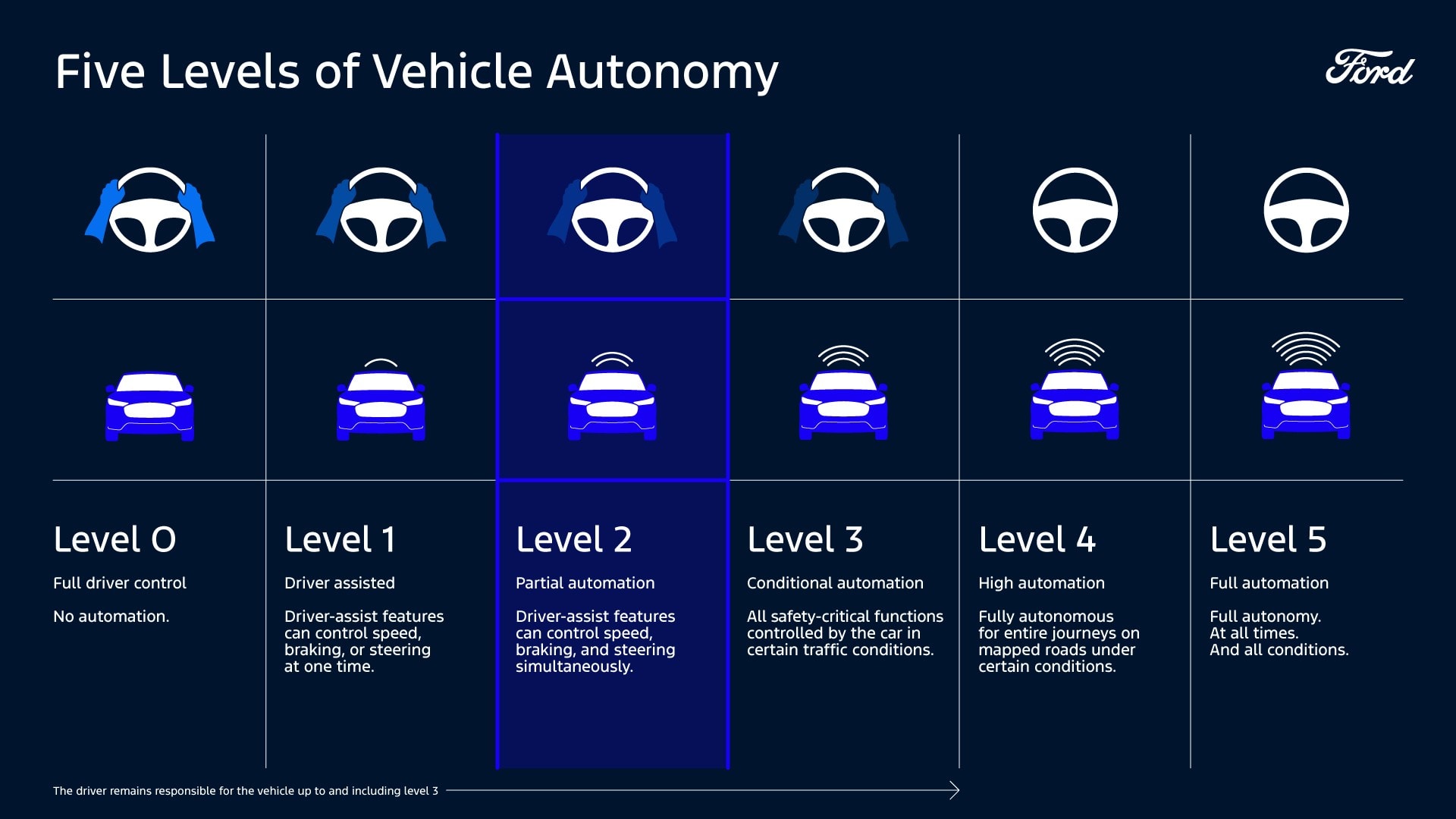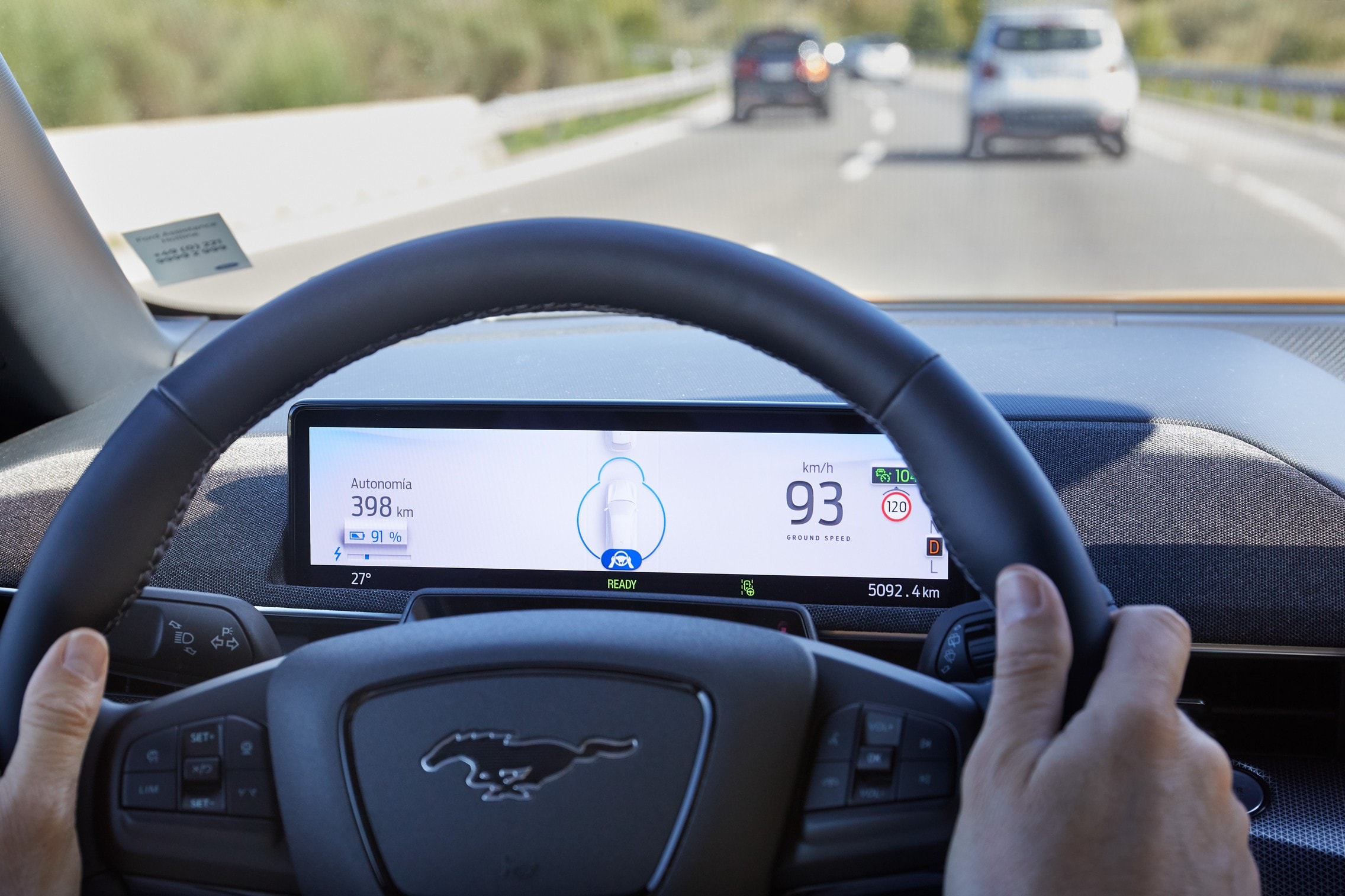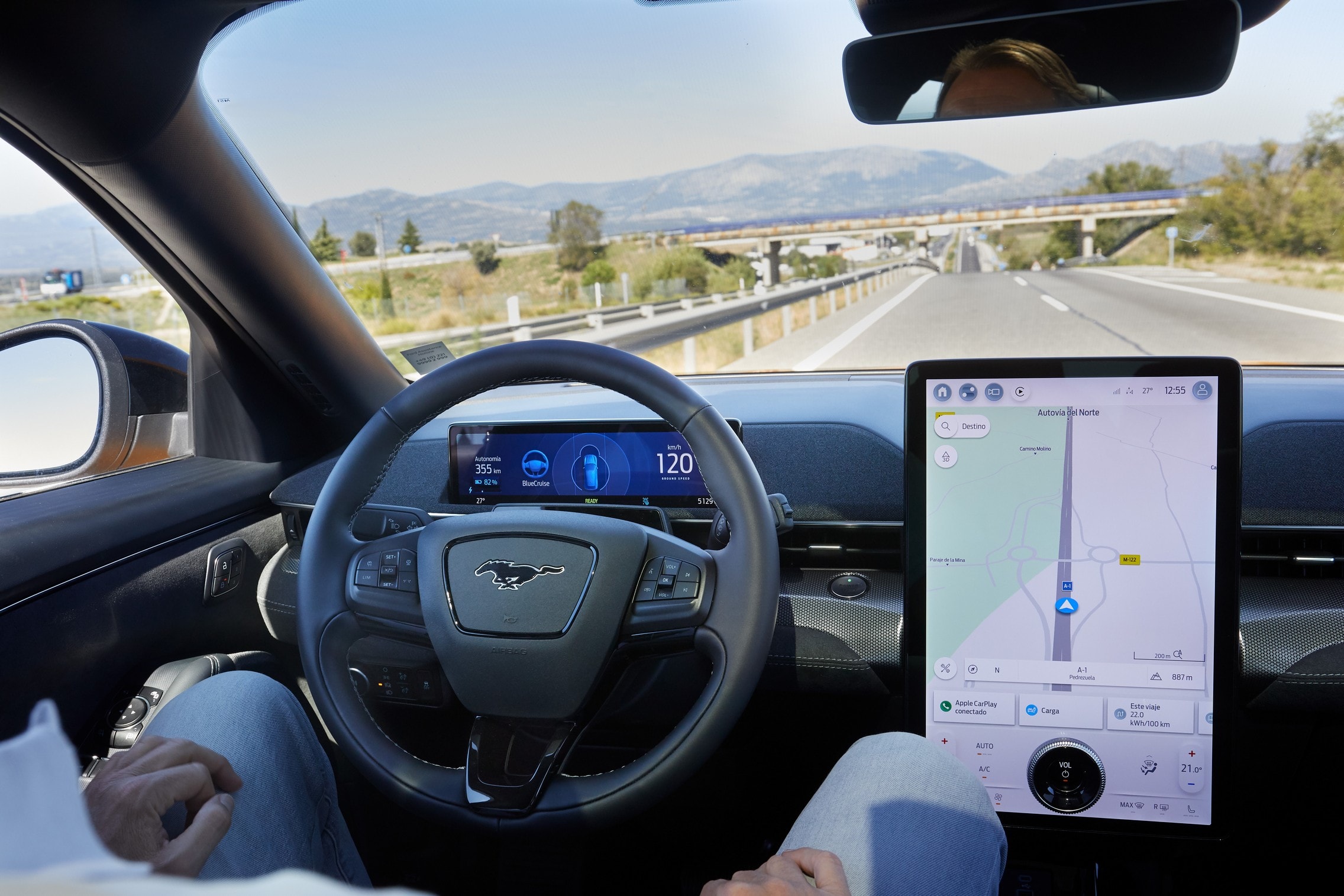Ford’s BlueCruise, a Level 2 driver assistance system, represents a significant step towards autonomous driving. While offering convenience and enhanced safety on designated highways, it’s essential to acknowledge its limitations. The system’s reliance on constant driver attention and its subscription-based model introduce complexities that require careful consideration.
Moreover, the integration of driver-monitoring cameras raises valid privacy concerns. As this technology evolves, striking a delicate balance between innovation and addressing potential drawbacks is crucial. Prioritizing safety, user experience and ethical considerations are paramount to ensuring that advancements in driver assistance genuinely benefit drivers without compromising their well-being or personal rights.

The success of technologies like BlueCruise hinges on fostering trust and confidence among users while adhering to stringent safety and privacy standards. However, the implications of autonomous driving extend far beyond individual user experience. The broader societal and ethical ramifications demand careful consideration.
As autonomous vehicles become more prevalent, questions about liability in case of accidents, the potential displacement of human drivers, and the necessary infrastructure to support widespread adoption emerge.
Urban planning, traffic congestion, and public transportation systems will also be profoundly impacted by the rise of autonomous vehicles. It’s essential to explore how this technology can be integrated seamlessly into existing urban environments while addressing potential challenges such as equitable access and the potential exacerbation of existing inequalities.
The transition to a future dominated by autonomous vehicles necessitates a collaborative effort involving automakers, policymakers, regulators, ethicists, and the public. By engaging in open dialogue and conducting thorough research, we can identify potential challenges and develop strategies to mitigate them. This proactive approach will be instrumental in ensuring that the benefits of autonomous driving are realized while minimizing negative consequences.

Furthermore, it’s imperative to establish robust regulatory frameworks that govern the development, testing, and deployment of autonomous vehicles. These regulations should prioritize safety, transparency, and accountability. Additionally, investments in education and public awareness are essential to foster understanding and acceptance of this transformative technology.
Ultimately, the success of autonomous driving depends on our ability to go through the complex interplay between technological advancement, societal implications, and ethical considerations. By approaching this future with foresight, collaboration, and a commitment to human well-being, we can harness the potential of autonomous vehicles to create a safer, more efficient, and equitable transportation system for all.

